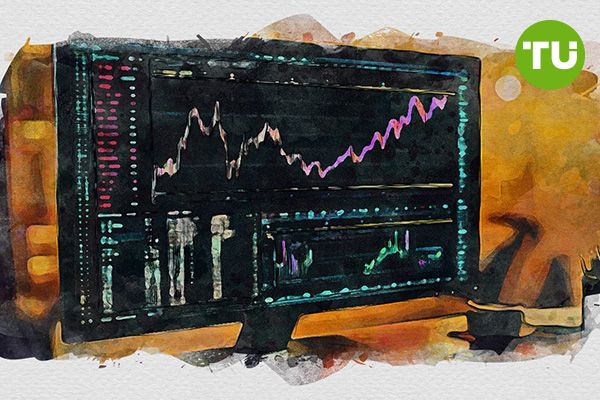GBP/USD price awaits direction amid U.S. CPI data and BoE rate speculations
 GBP/USD price
GBP/USD price
The British Pound (GBP) is trading near 1.2750 against the US Dollar (USD), caught in a tight range following the release of the US Consumer Price Index (CPI) for November. The inflation report showed an annual headline CPI increase from 2.6% to 2.7%, matching economists’ expectations, while core CPI remained steady at 3.3%.
The US Dollar has consolidated its gains amid the inflation data, with market participants now turning their attention to the Federal Reserve's policy meeting on December 18, where a 25-basis-point rate cut is widely anticipated. However, the Fed’s updated economic projections for 2025 could influence future interest rate expectations.
BoE policy outlook and UK economic data in focus
On the UK side, traders are monitoring upcoming monthly GDP, industrial production, and manufacturing data for October. Market expectations suggest a slight economic recovery following declines in September. Despite persistent inflationary pressures, the Bank of England (BoE) is likely to keep its policy rate unchanged at 4.75% in its upcoming meeting on December 19.
However, concerns over the UK’s labor market persist. Recent BoE surveys indicate weakening employment growth expectations, which could prompt a dovish stance in the months ahead. Additionally, UK CPI data due next week will play a crucial role in shaping BoE rate decisions.
GBP/USD chart (September 2024 - December 2024) Source: Trading View
Technical analysis reveals mixed signals for GBP/USD. The pair remains above the 20-day Exponential Moving Average (EMA) at 1.2720, with the Relative Strength Index (RSI) oscillating between 40 and 60, indicating a sideways trend. Support is seen near 1.2715, while resistance levels are at 1.2800 and the critical 200-day EMA around 1.2830.
We have previously explored GBP/USD price dynamics amid shifting monetary policy expectations and market reactions. Our earlier analysis highlighted the pair's sensitivity to economic indicators such as US inflation data and Bank of England (BoE) policy announcements.













































































































































